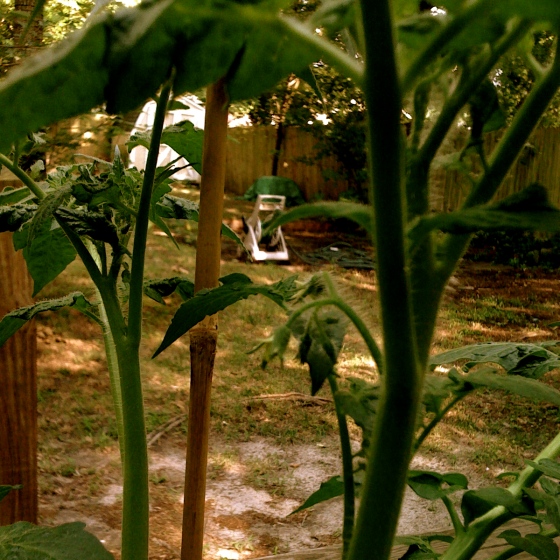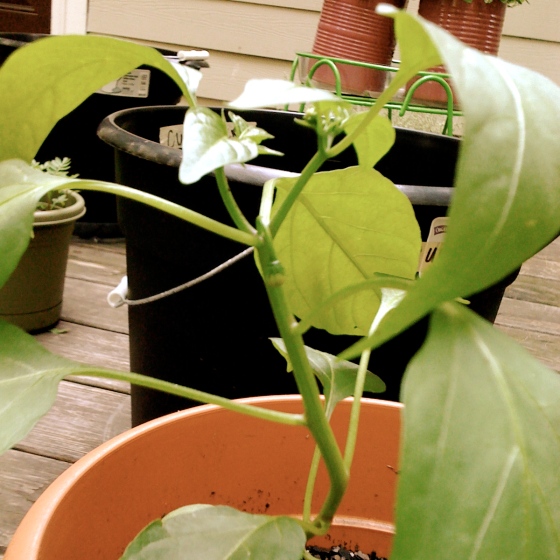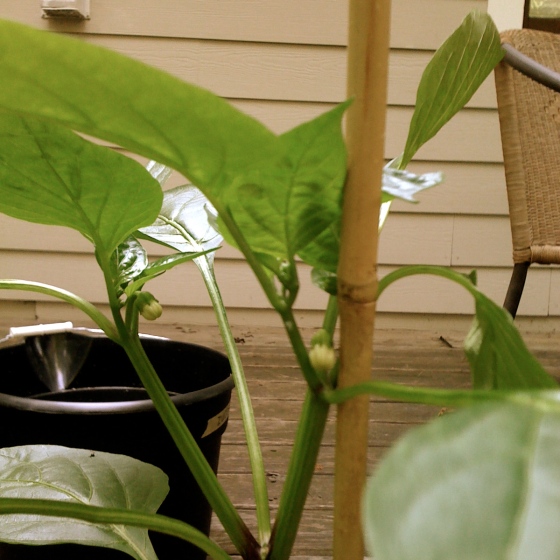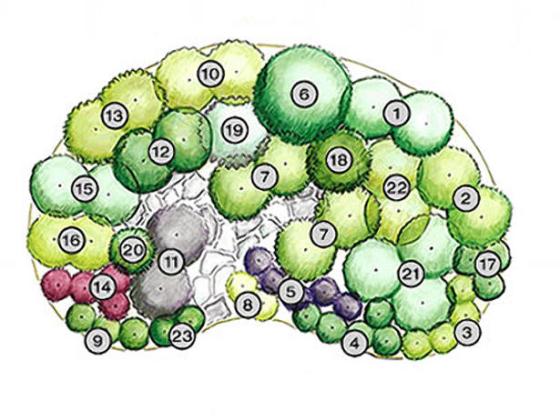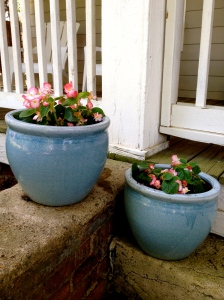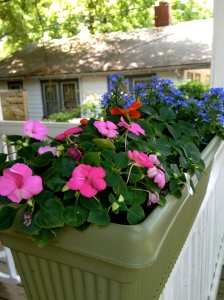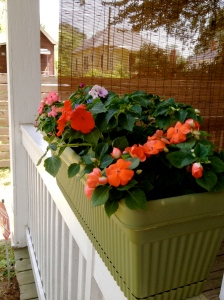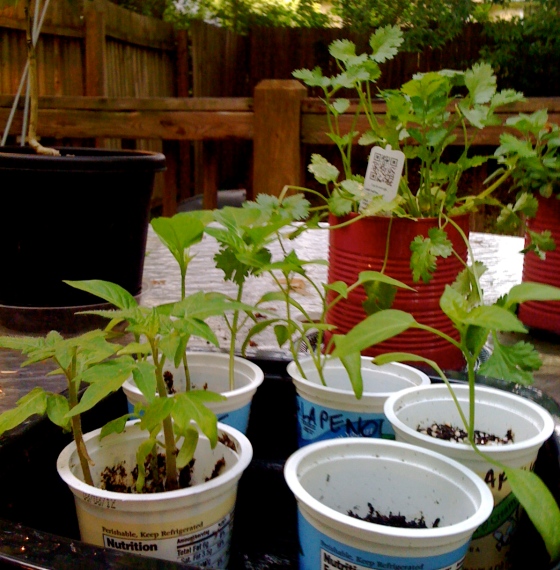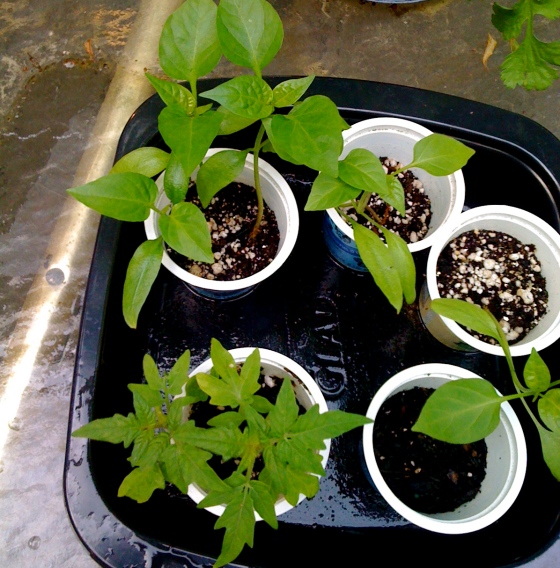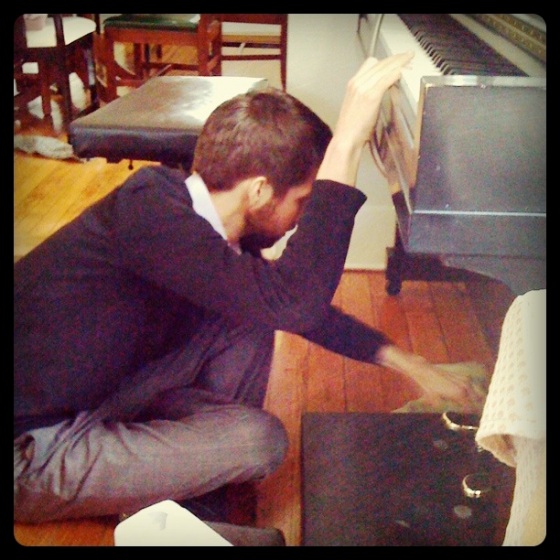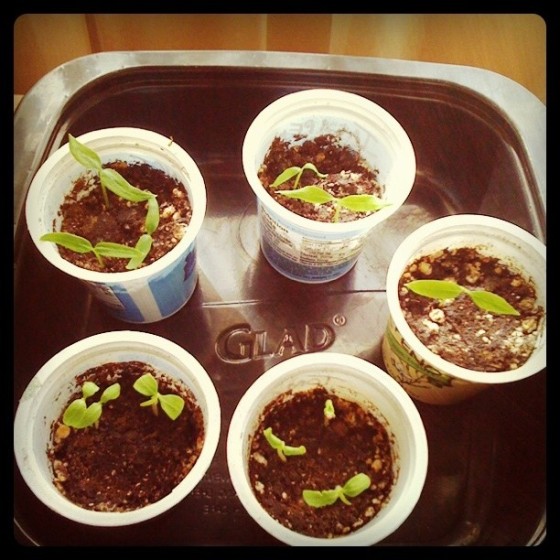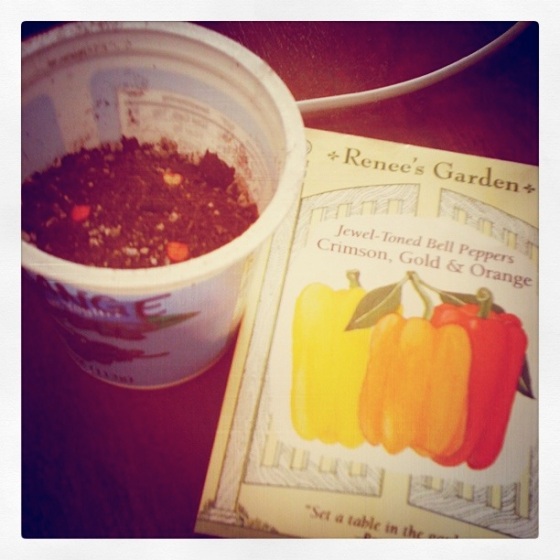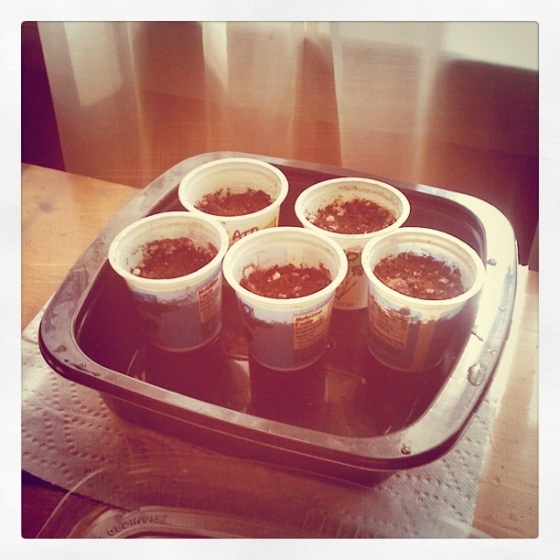You can only read so many books and web articles about vegetable gardening before you just have to sack up and do whatever is that you have been reading about. By reading and reading and reading, we ended up putting off transplanting for a really long time. Luckily, it hasn’t done any lasting harm to our plants. Check out the buds on the tomato, jalapeno, and bell pepper plants. I am woman! I make vegetable!
What’s that you say? You can’t see the buds? Well, they’re really small, OK?
Annnnnnyway, some form of procrastination leaked into the rest of our original planting schedule and temporarily poisoned our will to plant. I don’t know why we kept putting it off, but eventually we were reading packets that said to plant “2 to 4 weeks after temps reach 65 degrees” or some degree indicative of early springtime. It is so not early springtime anymore. But who cares, I say! I laugh in the face of seed packets! I am woman! I make–you get the point.
So last night when I got home from work, feeling a little tired, a little discouraged, a little envious of other organizations’ websites, whatever, I decided June 12 seemed like a perfect time to plant my early spring vegetables. You know, I just went for it. Who cares if it’s not radish season anymore according to some packet? It’s always radish season in my heart. So I got Jordan to drill some holes in some buckets, and we planted. Radishes. Lettuce. Zucchini. Cucumbers. Carrots. Just like that.
And I felt connected to Ceres, goddess of grain and harvest, as predicted in my cost benefit analysis of vegetable gardening. And I went inside feeling calm–respite gleaned by burying treasures and digging in dirt.
